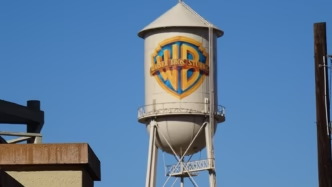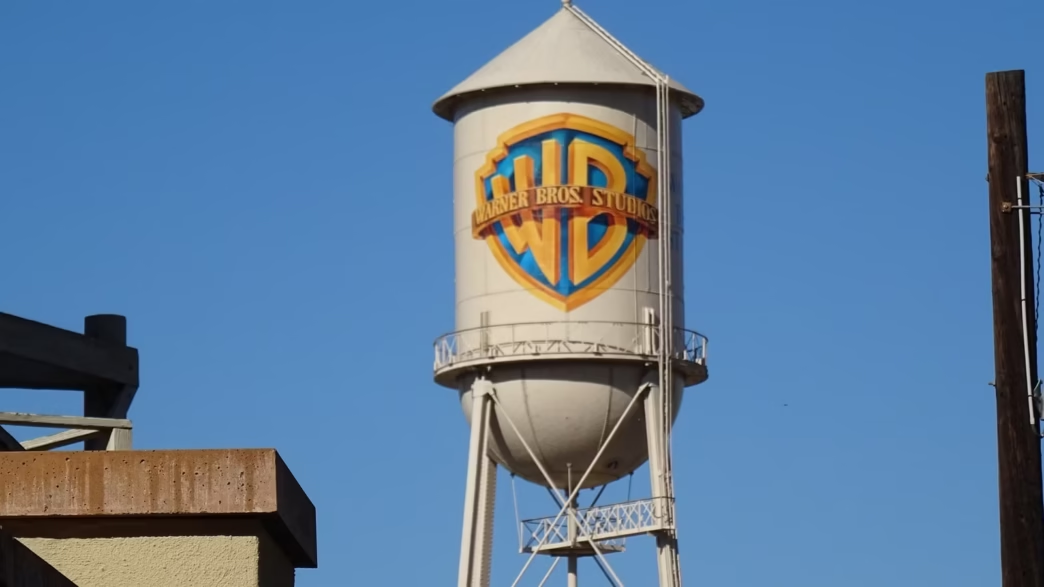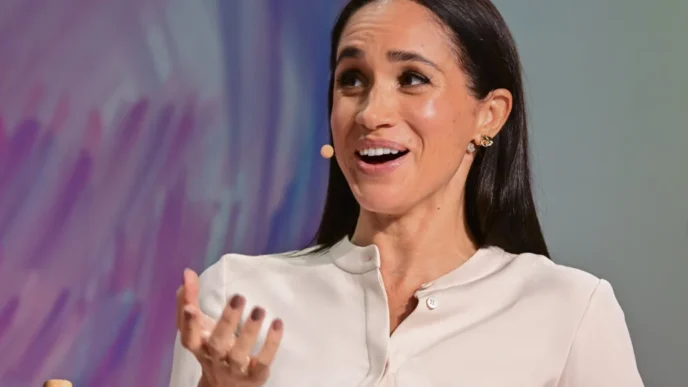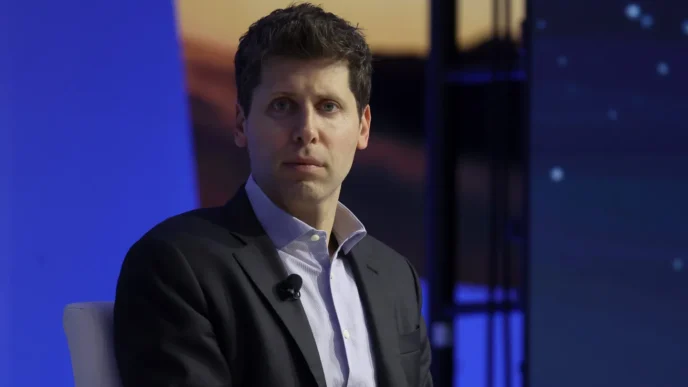Overview: What’s Changing at Warner Bros
Warner Bros Discovery has begun a sweeping cost-reduction initiative across its film division, targeting a 25% cut in production expenses. The move comes as the studio grapples with rising production costs, underperforming box office results, and the lingering financial burden of past mergers.
The new strategy reflects a decisive shift toward leaner, more disciplined filmmaking — prioritizing financial sustainability and profitability over volume and spectacle. Executives say the goal is to create a more focused, efficient studio built for long-term stability rather than blockbuster excess.
Key Drivers Behind the Cost Cuts
1. Ballooning Budgets and Declining Returns
In recent years, production costs for major tentpole films have skyrocketed, often exceeding $200 million. But even strong box office openings no longer guarantee profitability. Warner Bros has therefore chosen to scale back and reassess how it allocates resources, emphasizing efficiency in production, post-production, and marketing.
2. Corporate Debt and Investor Pressure
Following major corporate consolidations, Warner Bros Discovery carries one of the largest debt loads in the entertainment industry. Investors are increasingly demanding tighter cost control, greater financial transparency, and consistent earnings. Cutting production costs is a crucial part of meeting those expectations.
3. Global Strategy Shift
The studio’s leadership is restructuring how its film group operates internationally, merging overlapping divisions and centralizing certain operations such as marketing, distribution, and creative development. The goal is to reduce redundancies and improve coordination across markets.
4. A More Selective Film Slate
Warner Bros is now prioritizing projects with clear commercial potential — established franchises, proven IPs, and stories with global appeal. Riskier, high-cost original projects will face stricter scrutiny, while smaller films will need to justify their return potential through streaming and ancillary revenue projections.
How Warner Bros Plans to Cut Costs
The 25% cost reduction isn’t just about layoffs — it’s part of a structural shift in how the studio approaches production and distribution.
- Budget Reset: Each new film is now subject to stricter financial parameters, with tighter shooting schedules, optimized production teams, and more efficient use of special effects and locations.
- Marketing Efficiency: Campaigns will be consolidated globally, leveraging shared assets and unified messaging to save millions on duplicated regional marketing efforts.
- Workforce Optimization: Streamlined departments and revised management structures are being implemented, including reductions in overlapping roles across production, strategy, and marketing.
- Portfolio Reassessment: Some planned films have been delayed, rewritten, or canceled altogether if their cost-to-return outlook did not meet internal thresholds.
- Performance-Based Evaluation: Executives are adopting new metrics that evaluate profitability by minute of screen time, marketing spend efficiency, and audience retention across theatrical and streaming windows.
Risks and Trade-Offs
While investors and analysts may welcome the cost cuts, there are inherent risks to Warner Bros’ new approach.
- Creative Constraints: Reducing budgets can limit artistic flexibility, which may discourage visionary filmmakers or reduce the quality of effects-driven productions.
- Talent Relations: Directors, actors, and producers accustomed to premium budgets could resist the new fiscal discipline or seek opportunities at rival studios.
- Brand Perception: Warner Bros has built a reputation on big, visually ambitious films. If cost cutting translates into smaller scope or lower production value, the studio could lose its blockbuster prestige.
- Franchise Fatigue: Leaning heavily on sequels and reboots may yield short-term security but could weaken the studio’s creative diversity in the long run.
Implications for Hollywood
Warner Bros’ pivot is already reverberating across the entertainment industry. Other major studios — facing the same combination of inflation, slower streaming growth, and unpredictable box office performance — are likely to follow suit.
This could accelerate the end of Hollywood’s “big-budget arms race,” ushering in an era where even major studios focus on profitability rather than sheer scale.
At the same time, the industry could see a return of mid-budget, story-driven films, which disappeared during the streaming boom but may now offer better financial balance.
Looking Ahead: Balancing Efficiency and Creativity
To make its 25% cut successful without eroding creative quality, Warner Bros must strike a delicate balance:
- Maintain strong creative partnerships while enforcing budget discipline.
- Invest in scalable technology such as virtual production to lower costs without sacrificing visual impact.
- Leverage streaming synergies by creating content that can perform across theatrical, streaming, and franchise platforms.
- Rebuild audience trust with consistent, high-quality releases that justify tighter spending.
If the studio can execute this balance, it may emerge leaner, more profitable, and better positioned for a rapidly changing entertainment landscape.
Conclusion
Warner Bros Discovery’s decision to cut film production costs by 25% marks a watershed moment in the company’s modern history. After years of ballooning expenses and inconsistent box office returns, the studio is embracing a disciplined, efficiency-driven model designed for a more uncertain Hollywood.
The next few years will test whether Warner Bros can achieve both creative excellence and financial rigor — two goals that rarely coexist easily in the movie business. Success would not only redefine the studio’s future but could reshape how Hollywood approaches filmmaking in the post-blockbuster era.















